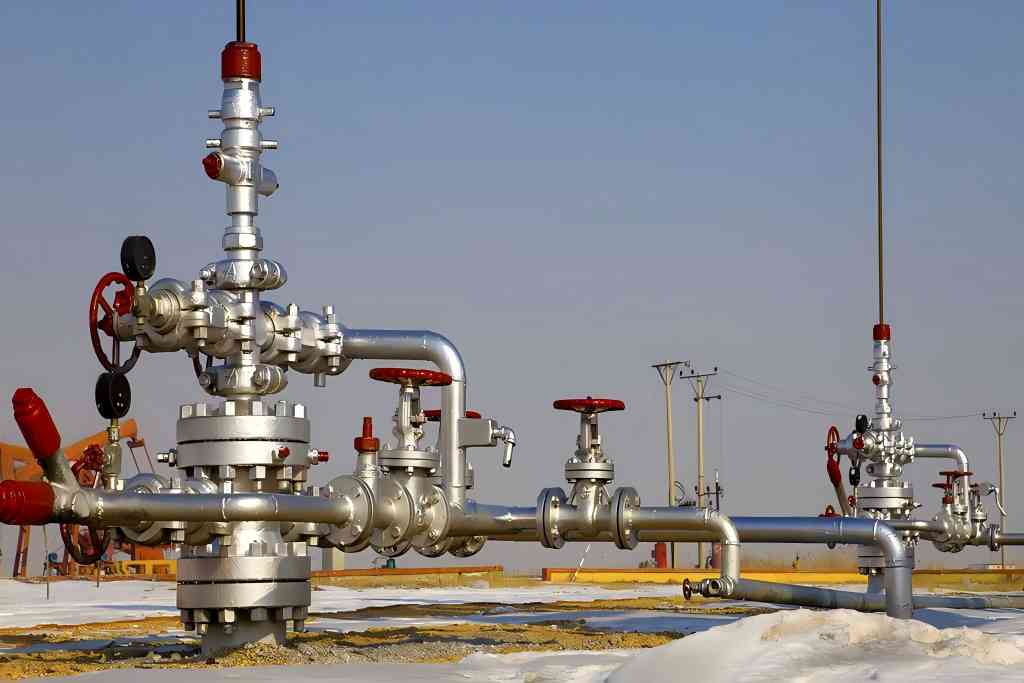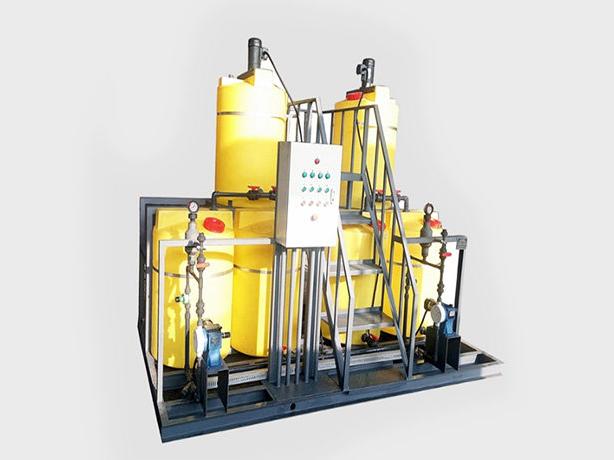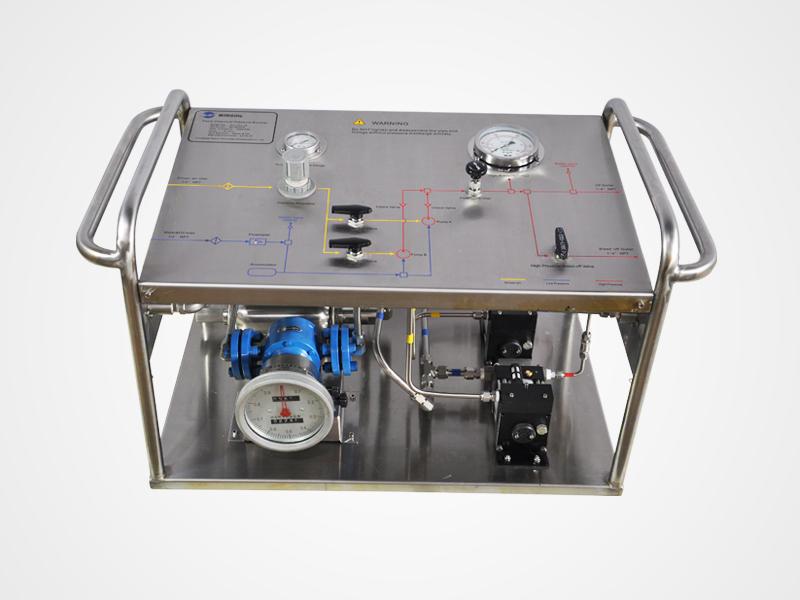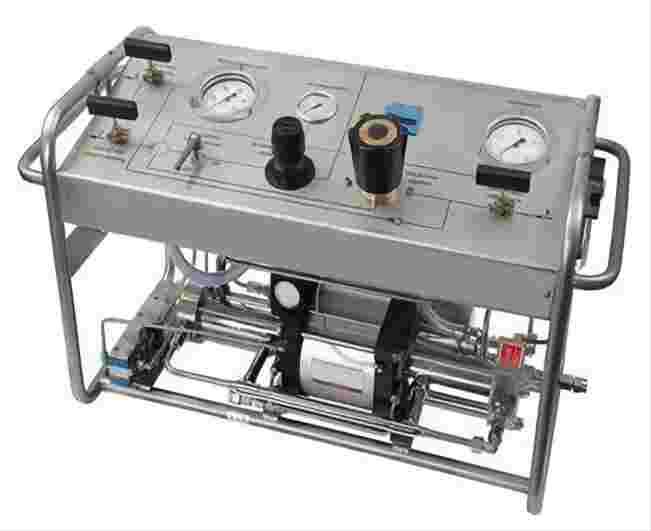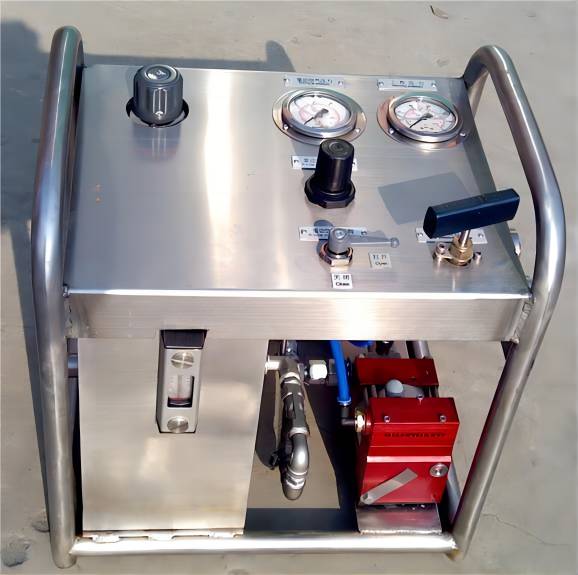Why Choose a Portable Hydrostatic Test Pump?
In the manufacturing, installation, and maintenance of industrial pipelines, pressure vessels, boilers, and valves, ensuring that these components can withstand the required pressure and remain leak-free is crucial. This requires hydrostatic pressure testing, a method in which liquid is injected and pressurized to verify the pressure resistance and sealing performance of the equipment.
To improve flexibility and efficiency in testing, the portable hydrostatic test pump has emerged as a valuable tool. Due to its compact design, easy portability, and simple operation, it is widely used across various industries. Whether in construction, the oil and gas sector, or fire protection system pressure testing, portable hydrostatic test pumps provide an efficient and reliable solution. This article explores why choosing a portable hydrostatic test pump is beneficial and highlights its unique advantages and applications.
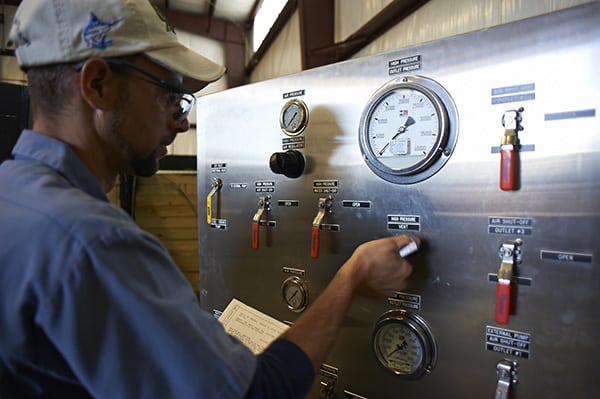
The Necessity of Hydrostatic Pressure Testing
1. Basic Principles of Hydrostatic Pressure Testing
Hydrostatic pressure testing is a method in which a liquid (typically water) is injected into a system or equipment, and then pressurized beyond its normal operating pressure to check for leaks or structural defects. This testing method is widely used in pipelines, pressure vessels, boilers, cylinders, fire protection systems, and other critical components to ensure safety and durability.
2. Hydrostatic Testing vs. Pneumatic Testing
Compared to pneumatic testing, hydrostatic pressure testing offers the following advantages:
- Higher safety: Since liquids are incompressible, they do not store energy like gases. This reduces the risk of sudden energy release in case of equipment failure.
- More precise detection: Hydrostatic testing can better expose leaks, helping to accurately identify defects.
- Wider application range: Suitable for testing various materials and structural components.
Advantages of a Portable Hydrostatic Test Pump
1. Portability and Flexibility
Traditional hydrostatic pressure testing equipment is often large and fixed in place, limiting its usability in different locations. In contrast, a portable hydrostatic test pump is designed to be lightweight, easy to transport, and ideal for on-site and remote testing. For example, in oil pipelines installed in remote locations or high-rise building construction sites, using a portable unit greatly enhances testing convenience.
Additionally, modern portable hydrostatic test pumps come in various drive options, including manual, electric, and pneumatic, to accommodate different testing environments. For instance, in areas without electricity, a manual hydrostatic test pump can effectively complete the testing task, while electric or pneumatic models are better suited for high-volume and high-pressure applications.
2. Efficiency and Reliability
Hydrostatic pressure testing equipment must ensure stable pressure output while maintaining the set pressure during the test. A portable hydrostatic test pump offers the following key advantages:
- Fast pressure buildup and maintenance: Quickly pressurizes to the required test pressure and remains stable, reducing overall test duration.
- Precise pressure control: High-quality portable pumps feature accurate pressure gauges and regulators to ensure precise testing results.
- Durability: Constructed from corrosion-resistant materials such as stainless steel and aluminum alloy, making them suitable for different testing fluids like water, oil, and antifreeze solutions.
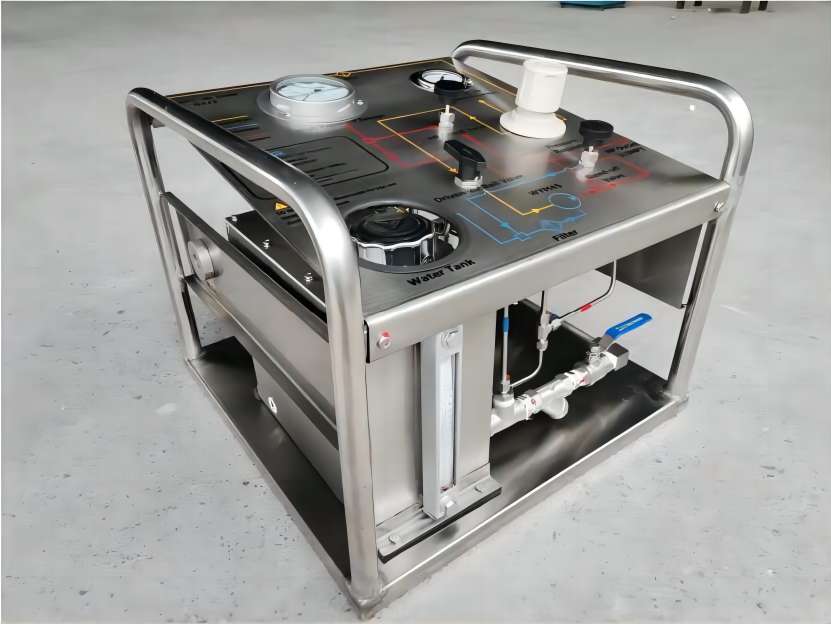
3. Versatile Applications
A portable hydrostatic test pump is widely used in various industries and applications, including:
- Pipeline systems: Testing for leaks in municipal water pipes, oil and gas pipelines, and chemical pipelines.
- Pressure vessels: Routine testing of boilers, storage tanks, and high-pressure cylinders to ensure compliance with safety standards.
- Fire protection systems: Essential for testing sprinkler systems during installation and maintenance to verify proper functionality.
- Industrial manufacturing: Used in quality control for industrial valves, castings, and welded components.
4. Easy Operation and Low Maintenance Costs
Portable hydrostatic test pumps are designed not only for convenience but also to minimize operational and maintenance complexity. Compared to traditional large-scale hydrostatic pressure testing equipment, they offer the following advantages:
- User-friendly operation: Even non-experts can quickly learn to use them, improving efficiency.
- Low maintenance requirements: Durable components reduce the need for frequent servicing; in many cases, only periodic replacement of seals and lubrication is required for long-term reliability.
Choosing the Right Portable Hydrostatic Test Pump
Selecting the right portable hydrostatic test pump is critical to ensuring efficient and safe testing operations. Key factors to consider include:
- Maximum pressure range: Choose a pump that meets the pressure requirements of the test object, typically ranging from 100 PSI to 10,000 PSI or higher.
- Flow rate: Larger flow capacity pumps are suited for large-scale testing, while smaller models work well for localized pressure checks.
- Drive type: Manual pumps are ideal for small-scale testing, whereas electric or pneumatic pumps are better for industrial applications.
- Material construction: Stainless steel and high-strength alloy components improve durability and resistance to corrosion.
- Safety features: Look for features such as pressure relief valves, regulators, and overpressure protection to prevent damage to equipment and ensure operator safety.
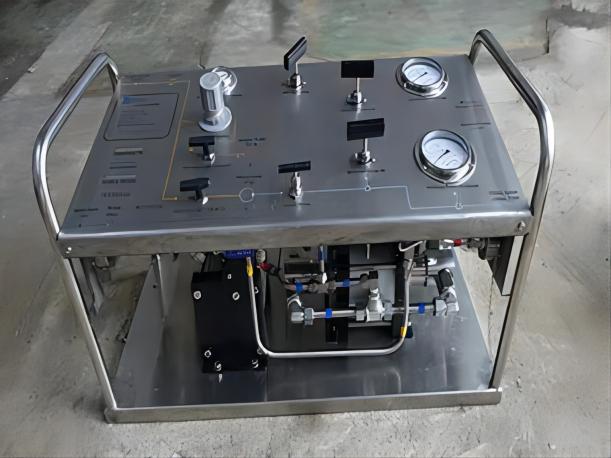
Conclusion
The portable hydrostatic test pump is an indispensable tool in hydrostatic pressure testing due to its lightweight design, ease of use, and high efficiency. Whether testing pipelines at a construction site, verifying the integrity of industrial valves, or ensuring the safety of pressure vessels, a portable hydrostatic test pump provides a cost-effective, reliable, and safe solution.
When selecting hydrostatic pressure testing equipment, it is essential to consider the specific testing requirements, equipment performance, and safety features to ensure smooth operations. Choosing the right hydrostatic test pump not only enhances testing efficiency but also ensures the long-term safety and reliability of industrial systems.
If you’re looking for an efficient and convenient hydrostatic pressure testing solution, investing in a portable hydrostatic test pump is undoubtedly a wise decision.


